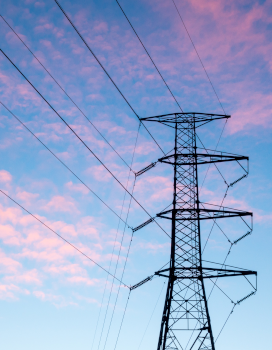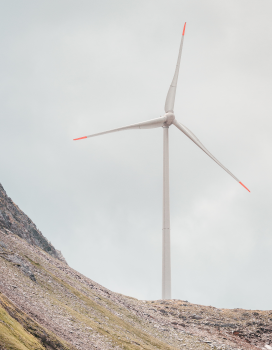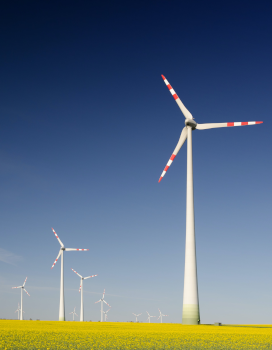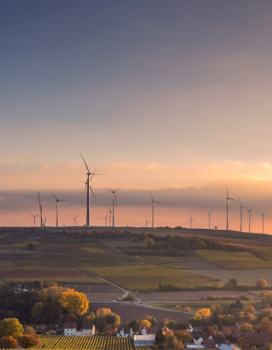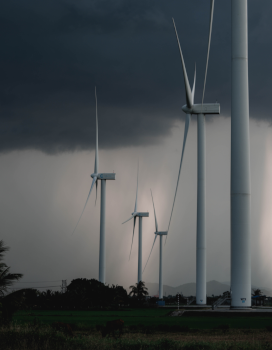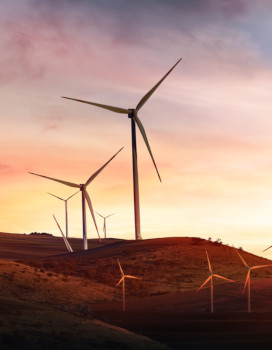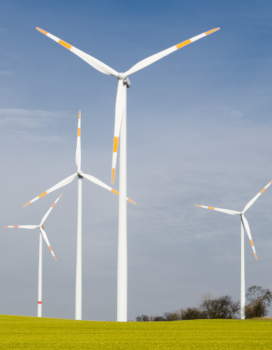In order to increase the stability and predictability of energy costs for market participants and thus counteract the negative effects of the energy crisis, the European Commission has made efforts to promote long-term private contracts concluded directly between producers and end consumers, i.e. PPAs/cPPAs. In this article, we outline the advantages of this legal solution and discuss the main barriers to the widespread use of PPAs/cPPAs.
Category: Renewable energy sources (RES)
Several years after the creation of the first energy clusters in Poland, the Polish legislator conducted a comprehensive review of the existing rules for their operation. It was noted that the rules for cooperation within energy clusters require further statutory clarification. On 08 May 2023, the Sejm received a government bill amending the Act on Renewable Energy Sources and Certain Other Acts (hereinafter: the Amendment), regulating the above matter. In this article, we present the main changes resulting from the Amendment.
On 23 March 2023, the Sejm received a government bill on amending the Act on spatial planning and development and certain other acts (print no. 3097; hereinafter: the Amendment). The proposed legislation is controversial as it will affect the investment process in renewable energy source (RES) installations.
In this article, we present the most significant changes that the proposed legislation brings.
At its session on 9 March 2023 the Parliament of the Republic of Poland adopted the long-awaited amendment to the Act of 20 May 2016 on investments in wind power plants (Journal of Laws 2021, item 724; hereinafter: the Distance Law, Act H10). On 14 March 2023 the Polish President signed the aforementioned law. Work on the amendment has been ongoing since the beginning of 2020, and we have informed you about its progress in a number of articles (e.g. Draft amendment to the Act 10H approved by the government, Work on the amendment of the Distance Law is still ongoing, Amendment of the Distance Law as an opportunity for green energy)
In this article we are discussing the final form of the adopted amendments.
5 July 2022 the Council of Ministers adopted the draft amendment 10H on onshore wind energy, prepared by the Minister of Climate and Environment. The draft was adopted in the previously announced form, which we analysed on the blog in the article “Work on the amendment of the distance act is still in progress“. What are the next steps?
Last year we wrote about the works of the Ministry of Development and Technology (hereinafter also: MDT) on the draft amendment to the so-called Act 10H providing for the reduction of restrictions resulting from the rule determining the minimum distance of a wind power plant from residential buildings and forms of nature protection. MDT announced that thanks to the amendment new wind power plants will be built, wholesale electricity prices will be reduced and the local and national economy will be stimulated. As it turns out, we will have to wait a bit longer for the eagerly awaited changes.
The discussion around the amendment of the Act of 20 May 2016 on investments in wind power plants (Journal of Laws of 2020, item 981, 1378; hereinafter: the Distance Act) continues. Since the beginning of 2020, the government has been working on the amendment of the Distance Law, the main objective of which is to introduce solutions for investment processes concerning wind power plants. These are currently significantly restricted by the so-called 10H rule.
For a few years now, with the development of the RES market in Europe, an increase in interest in Power Purchase Agreements (PPAs) can be observed. Corporate PPAs are a solution allowing for the sale of electricity from renewable energy sources between the producer of electricity and the customer, excluding trading companies.

